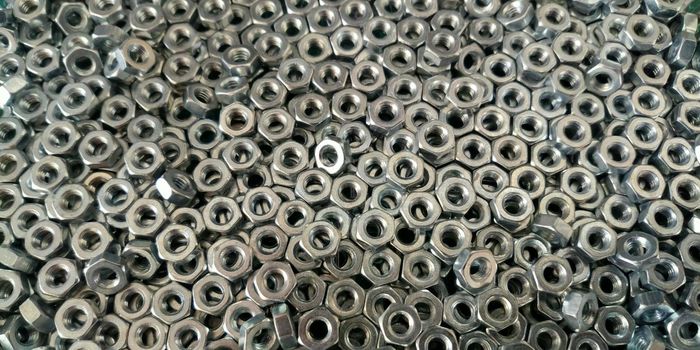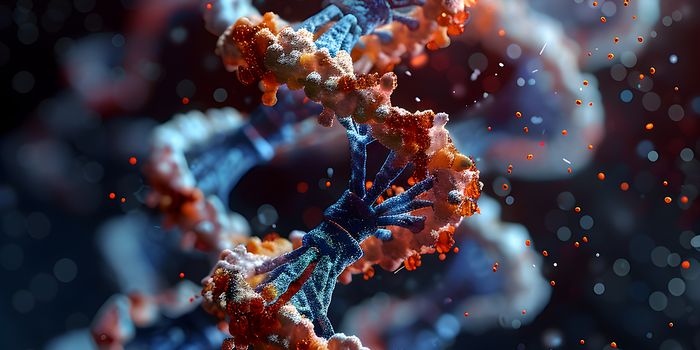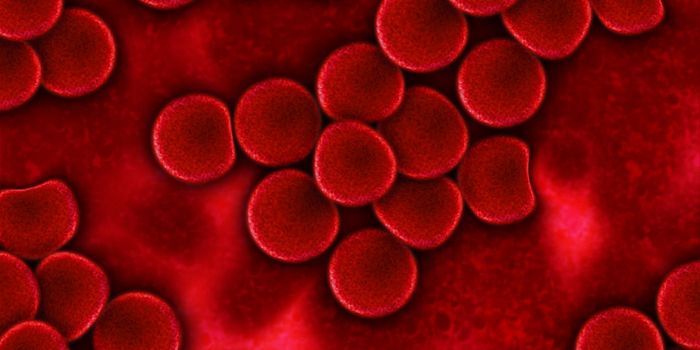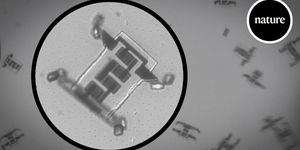Taking cancer treatment from a whole new angle
New cancer research is looking at treatment for the disease from an entirely new angle: structurally. While chemotherapy and radiation aim to destroy and inhibit metastasis cancer cells by impeding biochemical processes in the body, scientists from the Max Planck Institute of Polymer Research are interested in disrupting cancer cells’ structures. Their findings were published recently in the Journal of the American Chemical Society.
"We have now tried to take a different approach and not to influence the cancer by interfering with the biochemical processes, but to attack its structure directly," says Dr. David Ng, group leader in Professor Tanja Weil's laboratory at the institute.
The idea is to eliminate the need for chemotherapy, a process which is stressful for the patient both physiologically and emotionally. Chemotherapy has many side effects and also has the downfall of allowing cancer cells to adapt to the drugs, thus producing resistant cells.
To do this, the researchers have developed a molecular brick they are referring to as a Lego. The molecular Lego itself is not harmful and can move among and in healthy and cancerous cells. When it is in a healthy cell, there is no reaction; however, when the Lego moves into a cancerous cell, it recognizes the tumorous microenvironment and triggers a series of chemical reactions.
"In cancer tissue, the environment is much more acidic than in normal tissue," says Ng. "In addition, much more highly reactive oxidative molecules are found within the cancer cells due to the cancer's increased metabolic activity - and we take advantage of that."
Under these conditions, Lego bricks can join together within a cancer cell and create a stable brick web that ultimately adversely changes the cell’s internal structure. Under such physical duress, the cancer cell ends up pulling its own apoptosis trigger. "We thus attack the cancer cell in a way it cannot defend itself against," comments Ng.
The team has shown that this attack method works consistently on cancer cells in a laboratory culture setting, demonstrating that the cells die off within roughly four hours. They say they will continue to investigate their technique in order to fine-tune the biodegradation of the Lego bricks in the body after cell death.
Sources: Journal of the American Chemical Society, Eureka Alert









